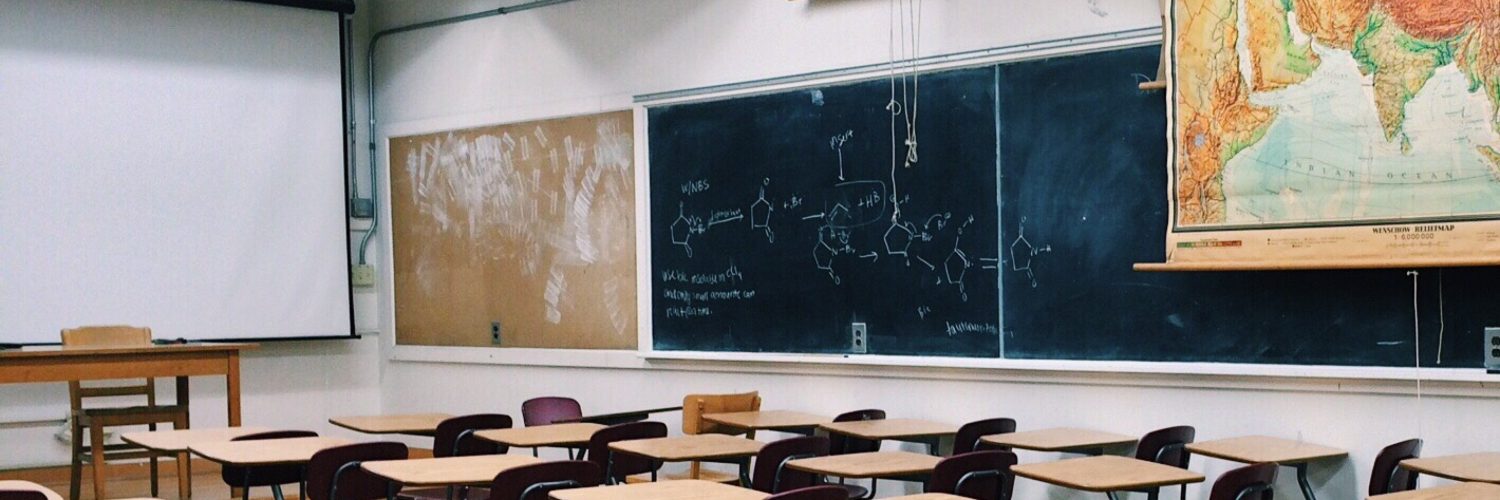Declining birth rates and open enrollment in Arizona will place financial and other pressures on public high schools in coming years, according to a recent report conducted by the Arizona Tax Research Association (ATRA).
As student numbers decline and some schools fail to consolidate and adapt, taxpayers could be the ones footing the bill, said Sean McCarthy, senior research analyst for ATRA, which advocates for taxpayers at the local and state level.
“Taxpayers should understand what’s coming. It’s not just going to affect local school boards, but it’s also going to affect discussions at the Capitol as they talk about financing schools,” McCarthy said.
 Arizona birth rates drop more than 20 percent
Arizona birth rates drop more than 20 percent
Data from the state Department of Education and Department of Health Services was used to analyze how birth rates and other factors are impacting enrollment statewide.
In Arizona, birth rates have dropped considerably since a high point in 2007, the study shows. Births decreased from 78.9 to 61.1 per thousand women between 2007 and 2017.
Most affected were teenagers. The birth rate for women ages 15-19 dropped 63 percent. Hispanic teens, who have been delaying marriage, saw the biggest dip, from 55.3 to 17.8 births per 1,000.
Meanwhile, birth rates among all women are slowing. Hispanic rates are down 27 percent, while white non-Hispanic births have dropped 15 percent.
Global phenomenon
Birth rates are slowing globally. Countries will have to adapt or fall behind.
In the United States, birth rates fell to their lowest level in 32 years after dropping for four consecutive years from 2014 to 2018, according to the National Center for Health Statistics. The nation is now below population replacement rates.
Arizona’s urban school districts see biggest declines
In Arizona, lower birth rates and open enrollment are impacting public schools statewide. Currently, K-3 enrollment numbers are significantly lower than their counterparts in higher grades, the study shows.
The data foretells significant drops in enrollment ahead for public high schools, particularly in urban districts.
Among the findings:
-Eighty-four percent of school districts reported enrollment growth in fiscal year 2019 but only 14 experienced significant growth in the last decade.
-Some of the state’s largest districts — Mesa, Tucson, Scottsdale and Flagstaff Unified — saw enrollment drop more than 10 percent in the last 10 years.
-In Maricopa County, enrollment gains in suburban areas like the far Southeast and Southwest Valleys have been offset by substantial enrollment declines in urban areas. Two inner city districts, Roosevelt and Phoenix Elementary, have lost an estimated 34 percent of enrollment since fiscal year 2008.
-Six Inner city and West Valley schools in the county saw a 17 to 25 percent decline: Creighton, Isaacc, Alhambra, Cartwright, Pendergast and Glendale Elementary.
-Kyrene Elementary, which serves parts of Tempe, Chandler, Guadalupe, Phoenix, and the Gila River Indian Community, benefits from open enrollment but still posted a decline of 8 percent since 2008.
-In Pima County, suburban districts like Vail and Tanque Verde Unified are experiencing growth. Tucson Unified, meanwhile, has lost 30 percent of its students since its peak in 2000.
-Other city school districts in the Tucson metro area are down, too. Amphitheater Unified dropped 20 percent and Sunnyside Unified 9 percent during that time.
-Urban schools also are seeing the largest drops in birth rates. In the Phoenix Union High School District, for example, there were 17,227 births in the 2006-07 school year. In 2017-18, that dipped to 11,455.
-Unified K-12 districts are experiencing large gaps between their eighth-graders and Kindergartners. Chandler Unified had almost 1,000 more eighth graders than kindergartners last year. Gilbert, Peoria, Scottsdale, Dysart and Deer Valley Unified each have roughly 500 more eighth graders than kindergartners.
-At the end of 2019, birth rates began to slowly rise nationally. If the trend continues, Arizona’s total enrollment should stabilize in roughly 10 years or sooner for elementary districts.
Challenges ahead
As birth rates drop and students continue to leave urban districts, the report touches on some of the challenges ahead:
As fewer students come through the ranks, colleges and universities will need to plan for these contractions.
The Arizona State Retirement System, of which K-12 employees comprise over half of membership, must be able to sustain itself as contributors to the system shrink. Most charter school employees do not participate in the system, which means contributions from active employee members may continue to increase to offset the losses.
“The state retirement system has already been significantly impacted by the lack of growth in K-12 enrollment and we see that in the levels of active membership,” McCarthy said.
Members that years ago contributed 3 or 4 percent of their gross pay to their retirement each paycheck, now are burdened with contributing 14 percent, he said.
Babies not coming with surging growth
While there is hope that Arizona’s exploding population growth will fill schools, enrollment is not reflecting that, McCarthy said.
“It appears that the plurality of migrants to Arizona are people who are beyond their parenting years and there’s also a large cohort of migrants in Arizona in their 20s that are not yet parents,” he said. “Eventually many moving here may have children. It will offset some of the decline in enrollment but it will not offset all of it.”
Finding solutions
These are all factors state leaders and districts must consider to avoid negative economic impacts in the future, McCarthy said.
While some districts are closing and consolidating schools to adjust, others are not. That could place an unfair burden on taxpayers.
“Taxpayers should be encouraging school districts to be smart about dissolving programs so they’re not being inefficient,” he said. “We also encourage cooperation among different school systems so we’re not overbuilding capital. Districts could consider leasing unused space to providers.
“That way, our total K-12 footprint doesn’t grow unnecessarily.”
















Add comment